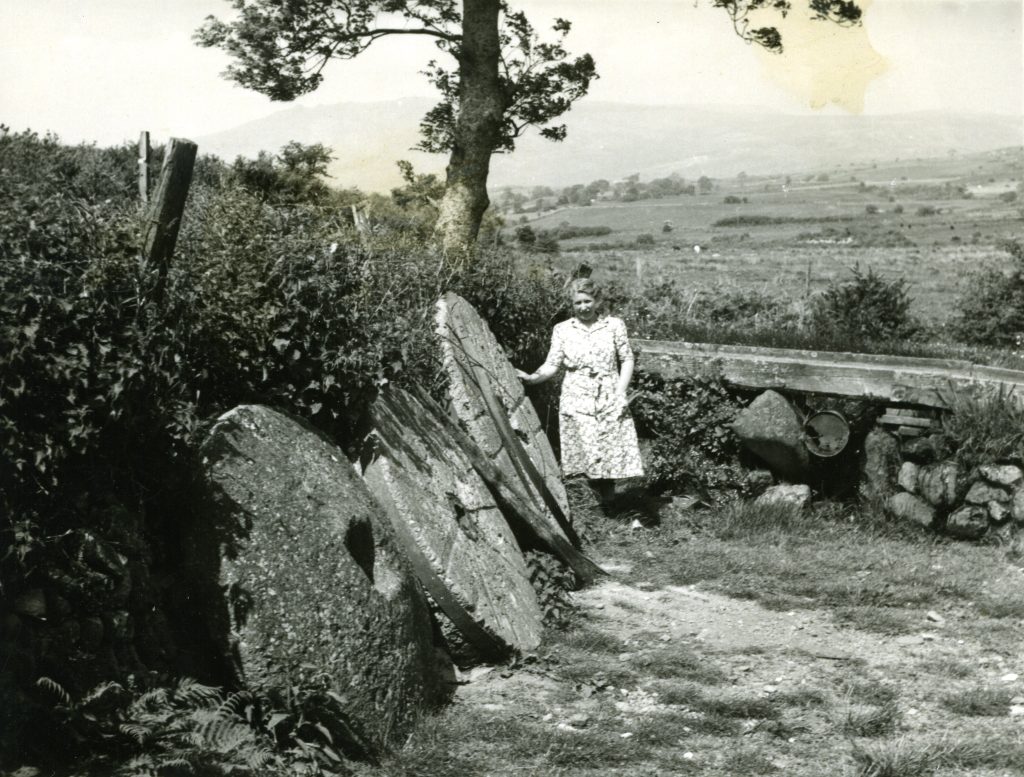
How can one woman’s fight to preserve watermills in the 1940s define two different heritage institutions, multiple important archival collections and give young people essential work experience in the next century? This is the legacy of Emilie Montgomery Gardner.
The Mills Archive received her extensive work in 2003 as part of the Society for the Protection of Ancient Buildings Mills Section’s records—the first of three instalments of this collection. The Mills Archive Trust, founded in 2002, cares for the largest archival and library collection dedicated to milling history. Gardner’s Collection is part of our four Foundation Collections.

Born in New Haven, Connecticut, USA in 1882, Gardner and her family moved to England, following her father, the proprietor of a company that manufactured chains. Promising from an early age, she won a scholarship to the women-only Newnham College, Cambridge to study history. However, the college would not grant degrees until 1948.[1] History and discrimination against women: two early influences on Gardner’s eclectic career.
A former staff member, Elizabeth, discovered Gardner was a committed Suffragist. With other NUWSS members from Newnham College in July 1908, she travelled to Glasgow to then ride a caravan from there to Oxford, campaigning for the vote — roughly 1,400 miles for what we now take for granted. Nor was she finished in 1908, taking another journey across Yorkshire in August. Here she helped to organise the tour with the Suffragist, Margaret Robertson. Crossing Yorkshire from Whitby, the campaigners brought their message to towns and remote villages untouched by the fight for suffrage.[2]
She subsequently served as the secretary of the Birmingham and Midland Women’s Suffrage Society, a London secondary school teacher and a Red Cross nurse during the First World War until she entered the Civil Service. Starting as a District Officer in the Assistance Board, she was later awarded an OBE for her work in 1942.[3]
It was at this time that Gardner became active in the preservation of the UK’s built heritage. No stranger to travelling the country, Gardner took extensive photographs and records from vulnerable historical sites. She supplied thousands of images to the National Buildings Record, set up to preserve buildings bombed in the Second World War.[4] But her particular interest lay in watermills. She created hundreds of photographs, and slides while recording their locations, inventories, conditions and millers. Reporting in London after the Blitz, she wrote:
“Although the House Mill looks unchanged it was so weakened by the blast as to be unusable and its days are numbered; a sad pity, as it is a fine example of a late 18th-century mill."[5]
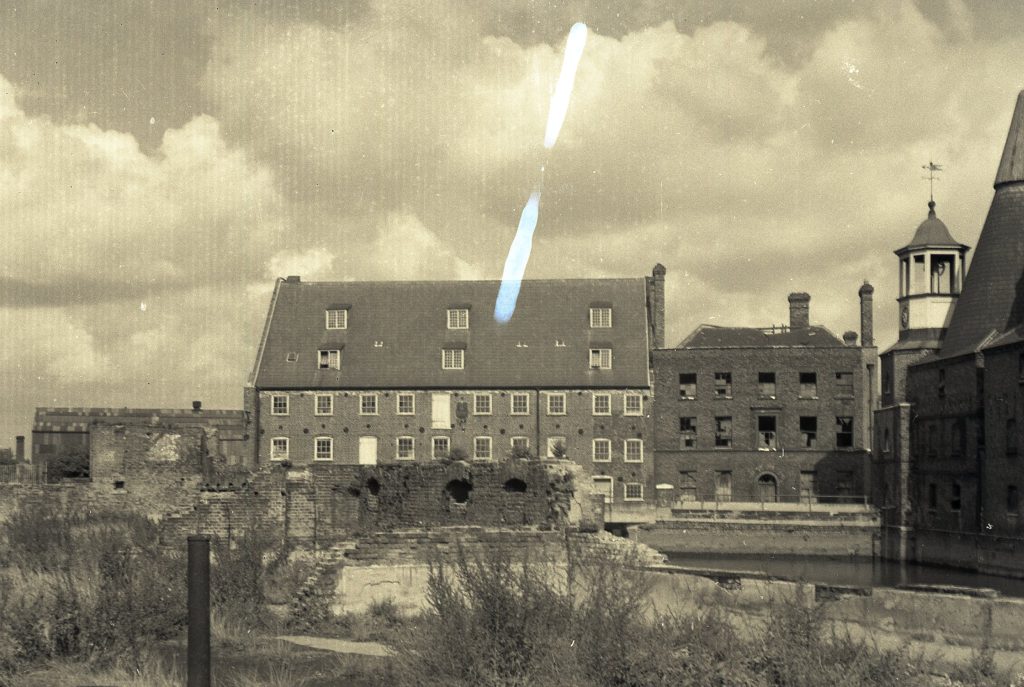
Fortunately, through the campaigning of Gardner and others, House Mill has been restored and is open to visitors.
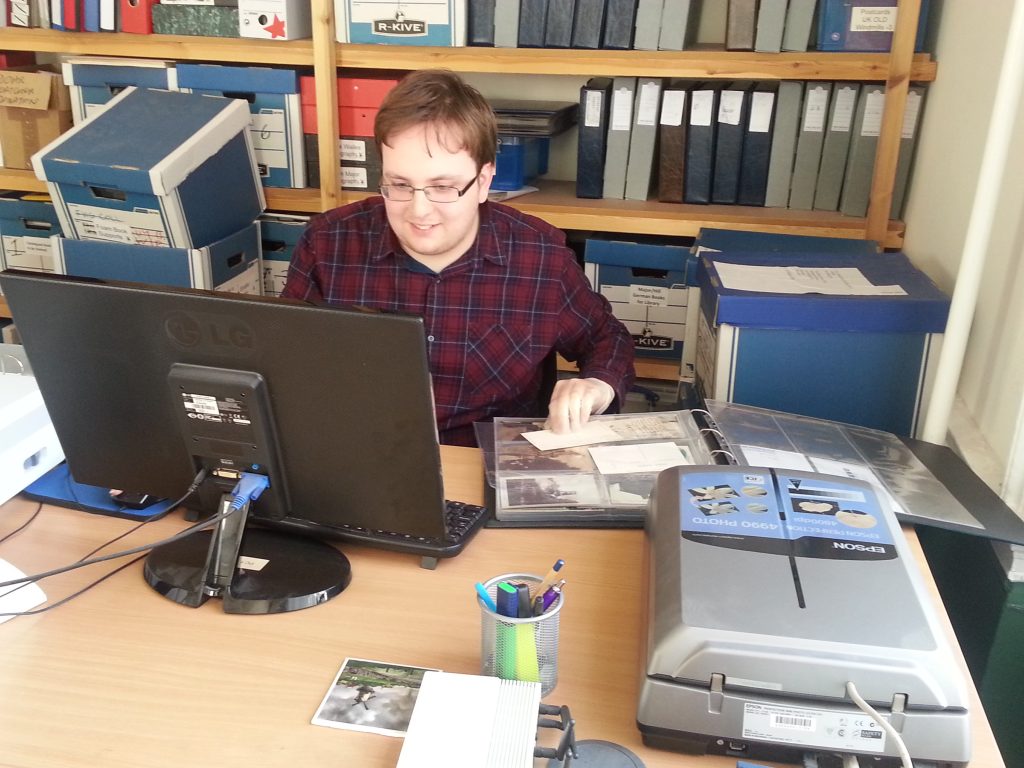
Our volunteers, including Andrew, worked to catalogue Gardner’s collection around the time of the second instalment of the Mills Section Collection in 2015. This was a year before we became accredited by the National Archives, a commitment to the highest archival standards.
Gardner also sought to augment heritage institutions. Against the resistance of certain members, she was the main figure pushing the SPAB windmill Section to include watermills as targets for preservation. The result was the combined Mills Section whose committee she served on from 1951 until she died in 1959.
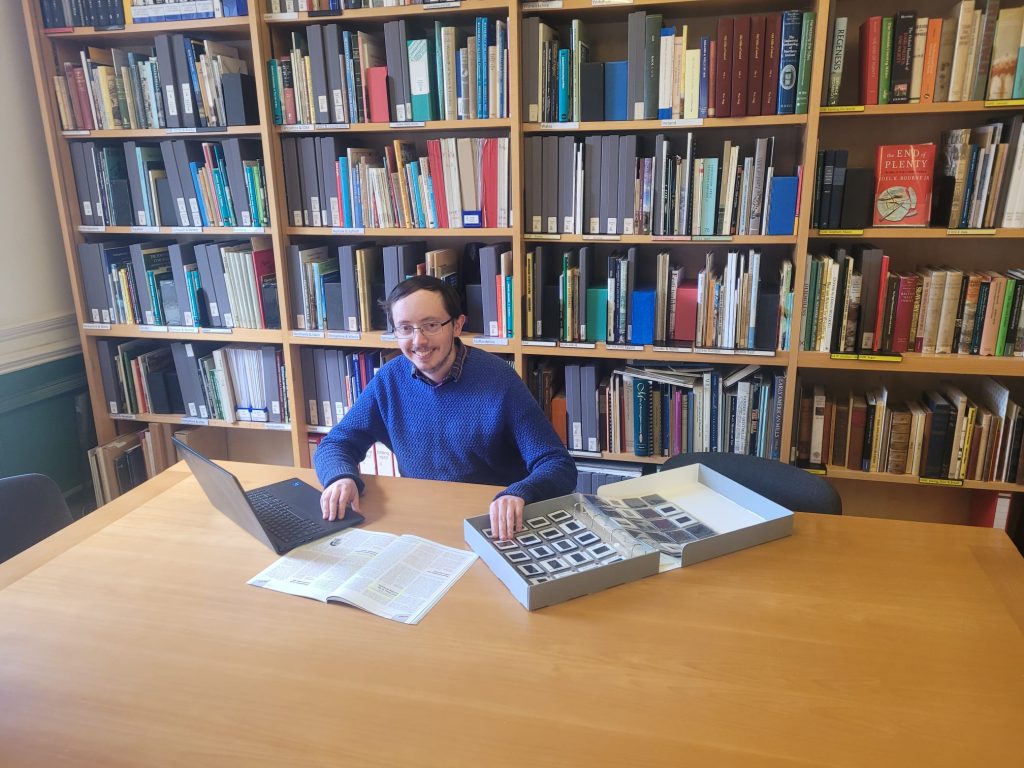
By the third instalment of the SPAB Mills Section collection in 2022, the result of Gardner’s work was evident. Two of the Mills Archive’s founding members, Alan Stoyel and Mildred Cookson, were chairmen of the combined Mills Section. Both created extensive collections on the UK’s vulnerable watermills, following in Gardner’s footsteps.
Since our foundation, we have supported young volunteers to gain experience in the heritage sector. Current volunteers, like Sian and Jamie, are working on Alan’s Collection, making it accessible to the public.
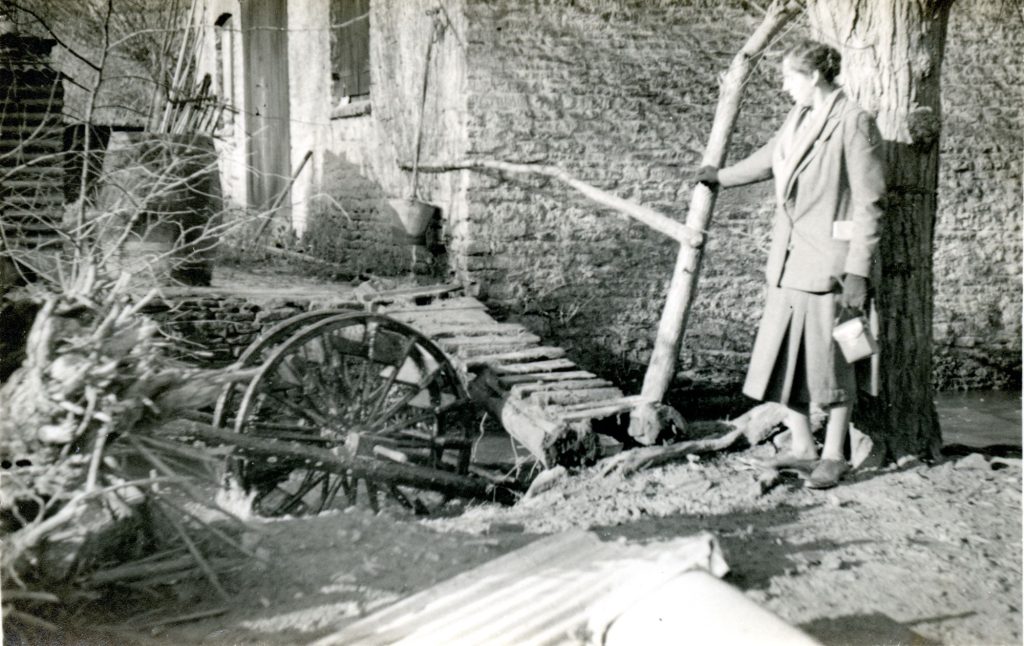
Even if Gardner did not see the difference she made, her legacy is felt in the history she preserved and the lives of those who have carried on her work.
